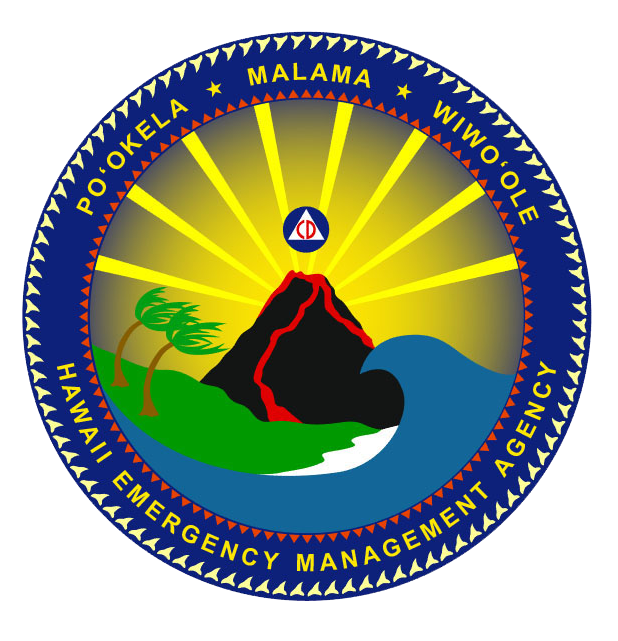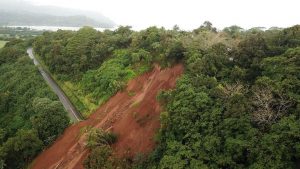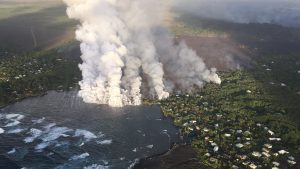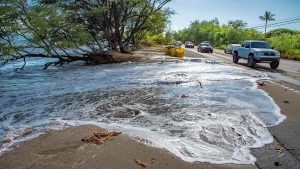About Hazard Mitigation
What is Hazard Mitigation?
Mitigation is the effort to reduce loss of life and property by lessening the impact of disasters. Mitigation is taking action now, before the next disaster, to reduce human and financial consequences later. Effective mitigation requires that we all understand local risks, address the hard choices, and invest in long-term community well-being and resilience.
The images below showcase some of the natural hazards that occur in Hawai‘i and require mitigation strategies.
- Landslide on Kauaʻi
- Volcanic eruption on Big Island
- Coastal flooding on Maui
Hazard Mitigation Planning
The Hawai‘i Emergency Management Agency (HIEMA) is responsible for coordinating disaster loss reduction programs, initiatives, and policies throughout the state. HIEMA works with other state and county agencies to promote disaster loss reduction through the development and implementation of hazard mitigation plans. These plans are utilized to determine mitigation project needs and priorities.
Learn more about current State & County Hazard Mitigation Plans
Hazard Mitigation Grants
HIEMA administers FEMA Hazard Mitigation Assistance (HMA) grant programs to State and County Agencies, and qualifying nonprofits. Grant programs include the pre-disaster Building Resilient Infrastructure and Communities (BRIC) Grant Program, the post-disaster Hazard Mitigation Grant Program (HMGP), and the Flood Mitigation Assistance (FMA) Grant Program, which funds mitigation of high loss insured properties through the National Flood Insurance Program.
Learn more about FEMA HMA Grant Programs



